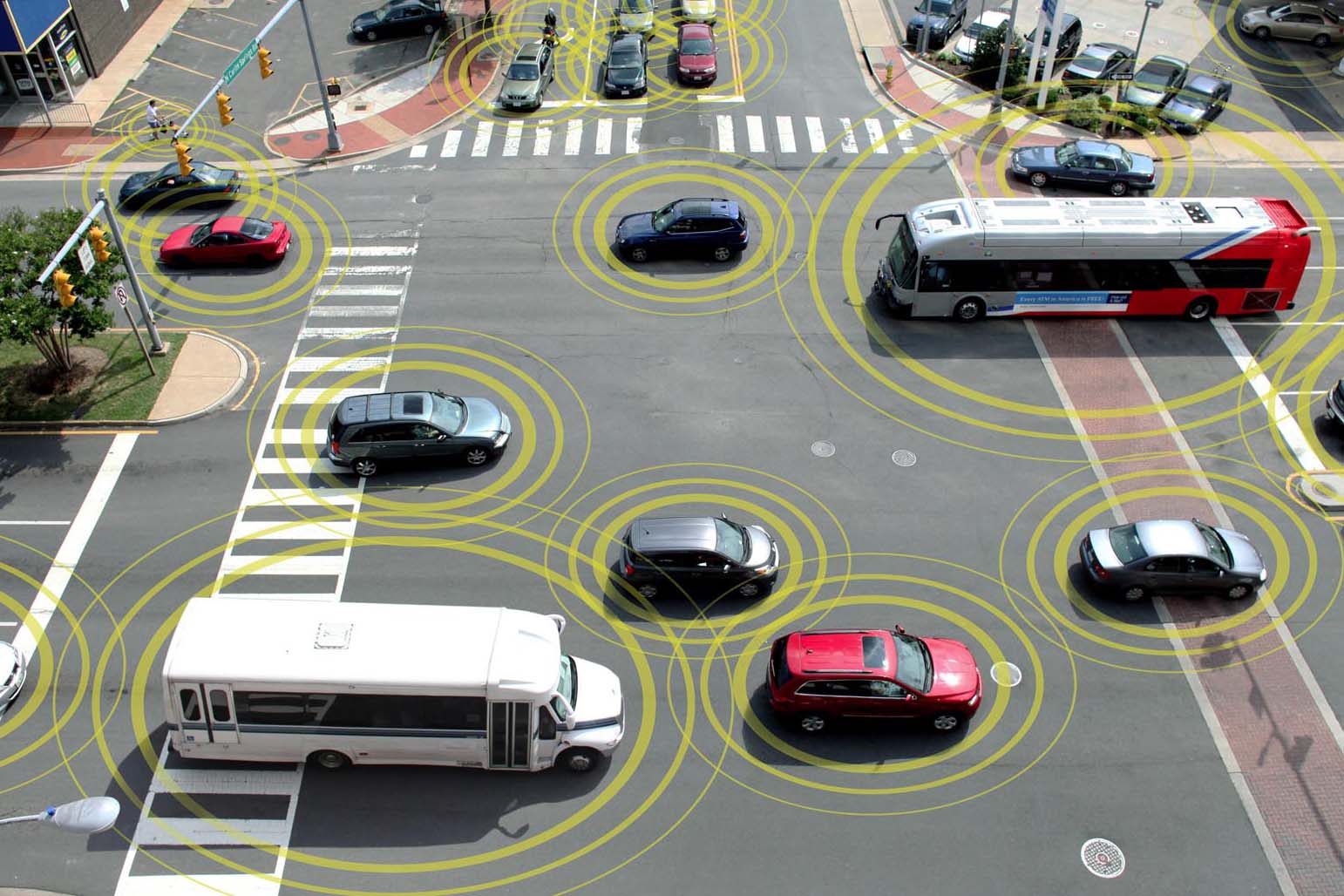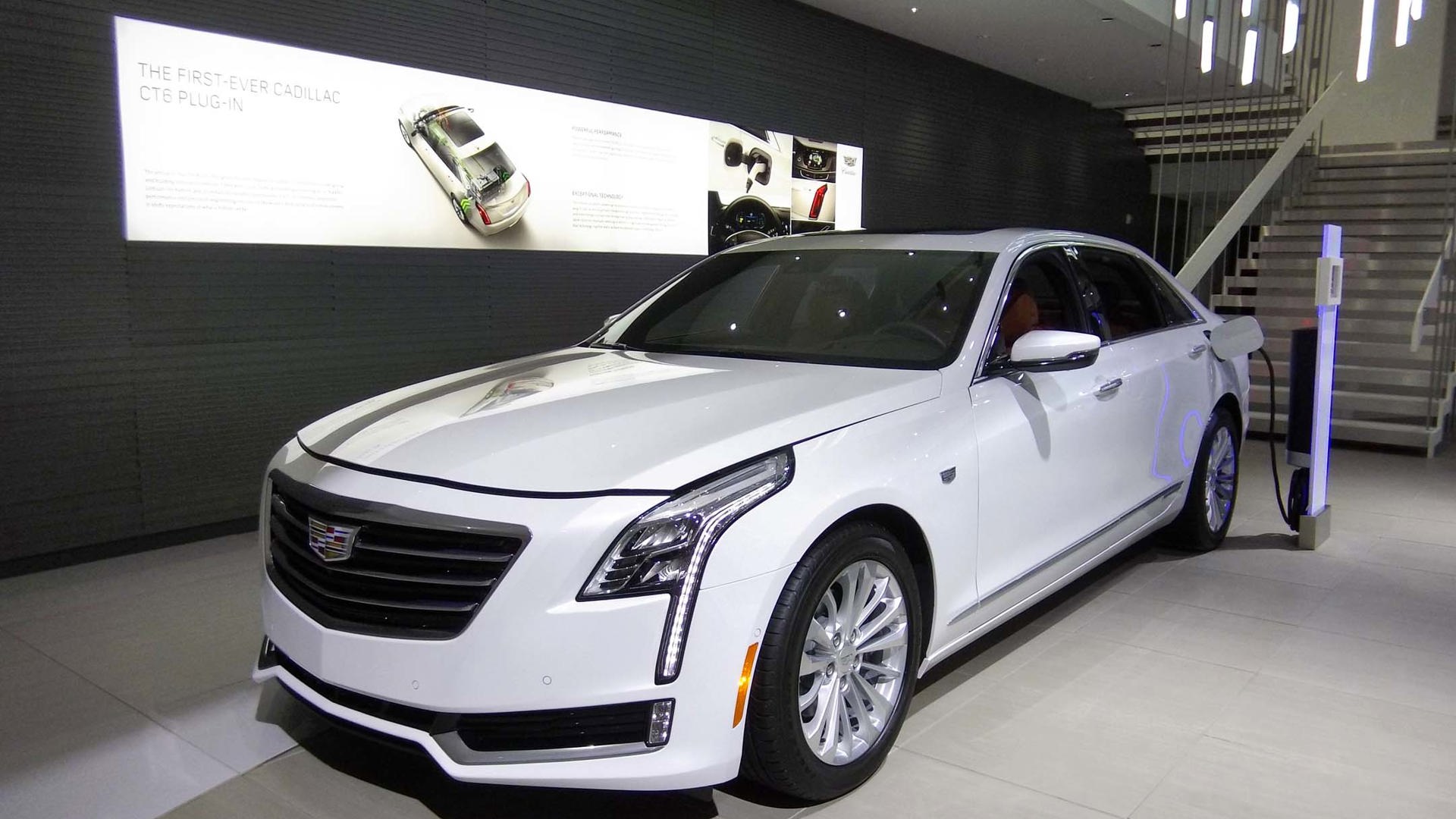When Mary Barra, CEO of General Motors, announced just a short while ago that GM would remake itself as a technology company, and not merely an automaker, it was clear that each of its vehicle brands would have to quickly fall in line or risk being left behind. Nowhere was this message taken more to heart than at Cadillac, a company steeped in tradition yet at the same time willing to take the risks required to continue its aggressive path to relevance in the luxury segment.
The path ahead was a rocky one, with forward-thinking yet ultimately ignored efforts like the Cadillac ELR proving that any successful tech strategy needs to focus just as much on product as it does the ones and zeros. Still, the lessons learned along the way have proven invaluable in shaping the company’s current approach to the market. I sat down with Mahmoud Samara, Managing Director of Cadillac Canada, at the North American International Auto Show in Detroit, to talk about how technology has impacted the brand’s future in Canada.

“The ELR really taught us to question why we would bring electrification into certain areas of the market,” Samara said as we sat just behind the brand’s booth on the show floor. He pointed over at the CT6 Plug-In Hybrid posed elegantly beside us. “We learned it was important to focus on segments where customers were ready and wanting an electric option.”
According to Samara, the luxury world has evolved to the point where there’s an expectation of electrification, especially at the high end where the CT6 PHEV sits. Broadly speaking, the hybrid sedan represents the thin end of the wedge for Cadillac, with similar drivetrains being considered for a broader swathe of the brand’s line-up.
“A big difference, too, between ELR and CT6 PHEV is moving past the idea that the electric motor and battery are the sum total of the technology available with the car. Our cars now offer the full range of advanced features, including the camera-based rear-view mirror system, and of course the upcoming SuperCruise system. Electrification is part of that overall tech experience.”

SuperCruise itself is another area where Cadillac hopes to further separate itself from the competition by investing in technology. “Unlike other semi-autonomous systems, SuperCruise doesn’t require you to keep your hands on the wheel,” Samara confirmed, adding that drivers still need to direct their attention on the road ahead. No other mainstream luxury brand is offering this level of self-driving capability, which will hit Canadian roads over the course of the next year in 2018 models.
Perhaps the most surprising aspect of Cadillac’s resurgence is just how important Canada has been in building the brand, strategically. “Not many know this, but Canada is the third-largest market for us, after the United States and China,” Mahmoud told me. “With four consecutive all-time record years of sales, we have been able to capitalize on the very fast growth of the luxury segment in general in Canada.”
Almost as eyebrow-raising? The age of the buyers who are flocking to premium brands. “Just over 40 percent of luxury customers here are making their first purchase. This compares to roughly 20 percent in the United States, which means we’re attracting a much younger clientele in Canada than anywhere else in the world.”

Samara went on to explain that most of these customers are hitting up Cadillac dealerships because they are curious about the technology and innovation available from the automaker, and that they aren’t as invested in what most would consider to be a “traditional” luxury brand hierarchy when considering a new car.
Canada on the cutting edge? It’s not something you hear all that often in a big country with a small population, but Samara’s statistics show that younger, affluent vehicle shoppers from very diverse backgrounds are a driving force here in a way that simply isn’t observed in our neighbour to the south. That Cadillac has been able to move forward from the slow-selling, now-cancelled ELR, and place a comprehensive and profitable high tech strategy at the center of its branding efforts, paints a brighter future for the company in Canada.

